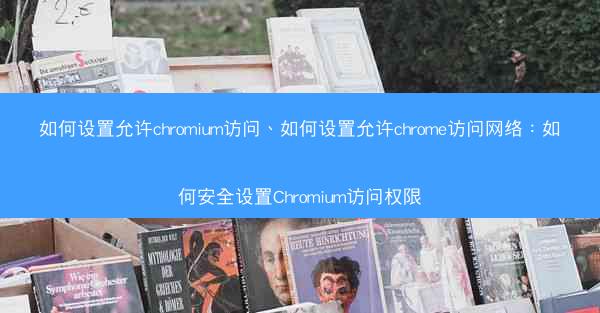
Introduction to Google Chrome Translation Issues
Google Chrome is one of the most popular web browsers worldwide, known for its speed and user-friendly interface. However, many users encounter difficulties when trying to translate English pages into Chinese or vice versa. This article aims to provide a comprehensive guide to solving the translation难题 (difficulty) in Google Chrome.
Understanding the Translation Function in Google Chrome
Google Chrome has a built-in translation feature that allows users to translate web pages from one language to another. To access this feature, simply click on the Translate icon (a globe symbol) that appears in the address bar when you visit a page in a different language. However, sometimes this feature may not work as expected, leading to frustration for users.
Common Causes of Translation Issues
There are several reasons why you might encounter translation issues in Google Chrome:
1. Browser Extensions: Certain browser extensions can interfere with the translation feature. It's advisable to disable or remove any unnecessary extensions to see if that resolves the issue.
2. Outdated Browser: An outdated version of Google Chrome might have bugs that affect the translation feature. Ensure that you are using the latest version of the browser.
3. Language Settings: Incorrect language settings can prevent the translation feature from working. Check your browser's language preferences to ensure they are set correctly.
Step-by-Step Guide to Fixing Translation Issues
Here's a step-by-step guide to troubleshoot and fix translation issues in Google Chrome:
1. Update Google Chrome: Go to the Chrome menu (three dots in the upper right corner), select Help, and then click About Google Chrome. If an update is available, follow the prompts to update the browser.
2. Disable Browser Extensions: Temporarily disable all browser extensions and check if the translation feature works. If it does, enable them one by one to identify the problematic extension.
3. Check Language Settings: Go to the Chrome menu, click on Settings, then Advanced, and scroll down to Language. Ensure that the desired language is selected under Languages.\
4. Clear Browsing Data: Clearing your browsing data can sometimes resolve translation issues. Go to Settings, click on Advanced, then Privacy and security, and select Clear browsing data.\
Alternative Translation Methods
If the built-in translation feature in Google Chrome still doesn't work, you can try alternative methods:
1. Use Online Translation Tools: Websites like Google Translate or DeepL offer reliable translation services. Simply copy and paste the text from the English page into these online tools for translation.
2. Install Language Packs: If you frequently visit English pages, consider installing language packs for Chrome. This will allow you to view pages in English without translation.
Preventing Future Translation Issues
To prevent future translation issues, follow these best practices:
1. Regularly Update Chrome: Keeping your browser updated ensures that you have the latest features and security patches.
2. Manage Browser Extensions: Regularly review and manage your browser extensions to ensure they are not causing conflicts.
3. Backup Your Data: Regularly backup your browser data to prevent data loss in case of technical issues.
Conclusion
Translation issues in Google Chrome can be frustrating, but with the right approach, they can be resolved. By following the steps outlined in this article, you should be able to overcome the translation难题 and enjoy a seamless browsing experience. Remember to keep your browser updated and manage your extensions carefully to prevent future issues.









